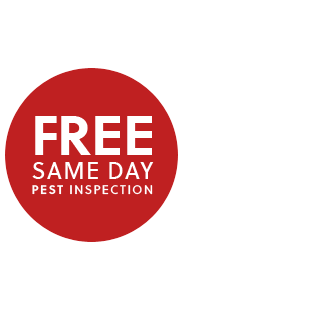Norway Rats - just the facts!
The Name...
Originally the Norway Rat was called the "Hanover rat" by people linking problems in 18th century England with the House of Hanover (German Royal Dynasty), it is not known for certain why the brown rat is named Rattus norvegicus (Norwegian rat) as it did not originate from Norway.
Today, we refer to the Norway Rat as the "brown rat" or the "Serwer Rat".
Regions
The Norway Rat can be found throughout the United States, all continents and is currently the dominant rat in europe. The Norway rat is most commonly found in urban enviroments and will live anywhere humans live.
Food
This rat is a true omnivore and will eat just about anything, favoring high protiens such as dog and cat food, nuts and even fish. Favorite food items of the Norway Rat include; eggs (cooked), pop-corn, cereal and even macaroni.
Behavior
Norway rats are well know for damaging and destroying material by gnawing, eats and contaminates stored food, its bite is also a risk to humans as they are a vector or carrier of diseases
The Norway rat is nocturnal and unlike mice they shy away from new objects introduced into their territory. The Norway rats nesting preference is the lower parts of structures such as basements in piles of debris and or merchandise but has also been found outdoors on or around riverbanks, railroad embankments, piles of rubbish and under concrete slabs.
Identification
Norway Rats are 7"- 9 1/2" with a tail length of 6"-18" long. Fur is coarse, shaggy and color is usually brown. The Norway rat has a blunt muzzle, small ears and eyes.
Treatment Methods
The control of rodents can be widely varied, depending on the individual situation. Covering holes, filling cracks, baiting or trapping may be necessary. The trained Clark Pest Control Technician will determine the best means of control for each customer.


